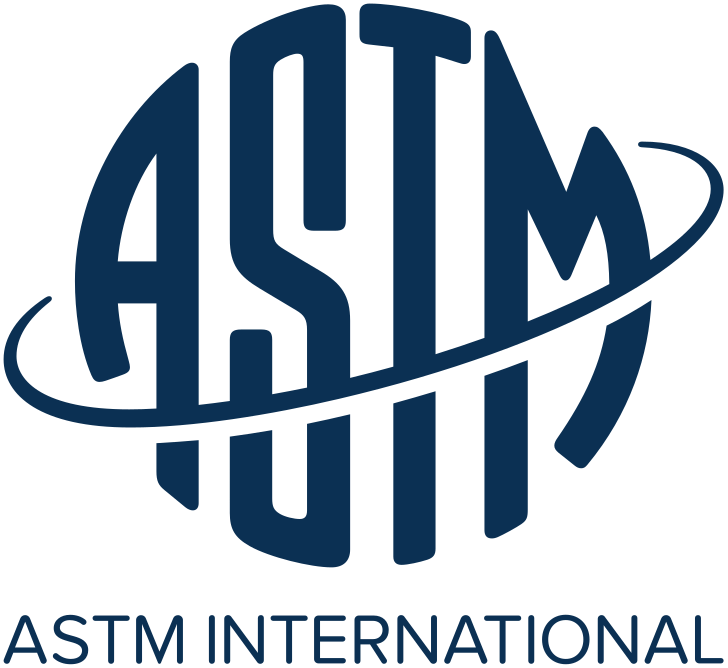The International Organization for Standardization (ISO) recently published ISO/ASTM 52939:2023.
Titled “Additive manufacturing for construction — Qualification principles — Structural and infrastructure elements,” this standard aims to ensure quality, safety, and efficiency within the 3D printing construction industry.
“The purpose of this document is to outline the requirements necessary as a basis for production and delivery of high quality additively manufactured structures (residential or infrastructure) in the construction sector,” the ISO document stated.
The ISO is an independent expert body which creates standards defining technical specifications and guidelines to ensure the consistent and quality-controlled utilization of products, services and systems.
Founded in 1947 and headquartered in Geneva, Switzerland, the ISO has now published over 24,500 international standards covering a wide range of technological and manufacturing processes.

A new ISO/ASTM standard for construction 3D printing
Published in December 2023, ISO/ASTM 52939:2023 was prepared through a collaboration between the ISO’s Additive Manufacturing Technical Committee (ISO/TC 261), and ASTM International’s Additive Manufacturing Technologies Committee (F42).
The ASTM, formerly known as the American Society for Testing and Materials, is a global standards organization based in Pennsylvania, US. The ongoing partnership between the ISO and ASTM seeks to establish a common set of standards for additive manufacturing.
This newly published standard specifies quality assurance requirements for additive manufacturing in construction. According to the ISO, risk mitigation, approval, and certification for Additive construction is unattainable without the necessary ISO/ASTM standards. These recently published requirements are independent of material, and do not apply to metals.
The document specifies the criteria for 3D printing construction processes, quality-relevant characteristics, and factors associated with additive manufacturing construction operations. Throughout the document, significant steps relating to additive construction processes are specified. These steps must be controlled and monitored by a locally certified engineer to ensure high-quality 3D printed structures.
ISO/ASTM 52939:2023 applies to all additive manufacturing technologies used in construction, and structural and infrastructural building elements for residential and commercial applications.
However, the document does not apply to environmental, health and safety aspects relating to the 3D printing facility setup, material handling, operating robotics, or the packing and shipping of equipment. What’s more, the new standard does not cover design approvals, material properties, characterization and testing.

Additive manufacturing and the construction industry
According to the recently published ISO document, the construction industry is facing a number of challenges, including labor shortages, project delays, increasing lead times, material wastage, and excessive Co2 use.
What’s more, global construction demand is reportedly escalating as the global housing crisis continues, and infrastructure projects increase in scale. The ISO claims that additive manufacturing has the potential to directly address these challenges.
The use of additive manufacturing for construction has advanced over recent years. 3D printing can prove to be a more durable, sustainable, cost-effective, and efficient alternative to traditional construction methods.
Earlier this year, CyBe Construction, and the South African Housing & Infrastructure Fund (SAHIF) announced a partnership to address South Africa’s acute housing shortage. Leveraging concrete 3D printing technology, these two organizations aim to deliver sustainable and affordable homes in a nation with a backlog of 2.3 million affordable homes.

Elsewhere, Construction 3D printing company Mighty Buildings recently raised $52 million in funding to expand the production of 3D printed houses. This funding round was led by Wa’ed Ventures, a venture capital fund supported by Saudi Aramco, and US-based venture firm BOLD Capital Partners.
These funds will be utilized to hasten the production of new homes to meet rising demand within the US. Funding will also be leveraged to establish additive manufacturing facilities in Saudi Arabia and the United Arab Emirates (UAE), two of the largest and fastest growing construction markets in the world.
Subscribe to the 3D Printing Industry newsletter to keep up to date with the latest 3D printing news. You can also follow us on Twitter, like our Facebook page, and subscribe to the 3D Printing Industry Youtube channel to access more exclusive content.
Are you interested in working in the additive manufacturing industry? Visit 3D Printing Jobs to view a selection of available roles and kickstart your career.
Featured image shows a 3D printing construction site. Photo via the Case Studies in Construction Materials journal.


